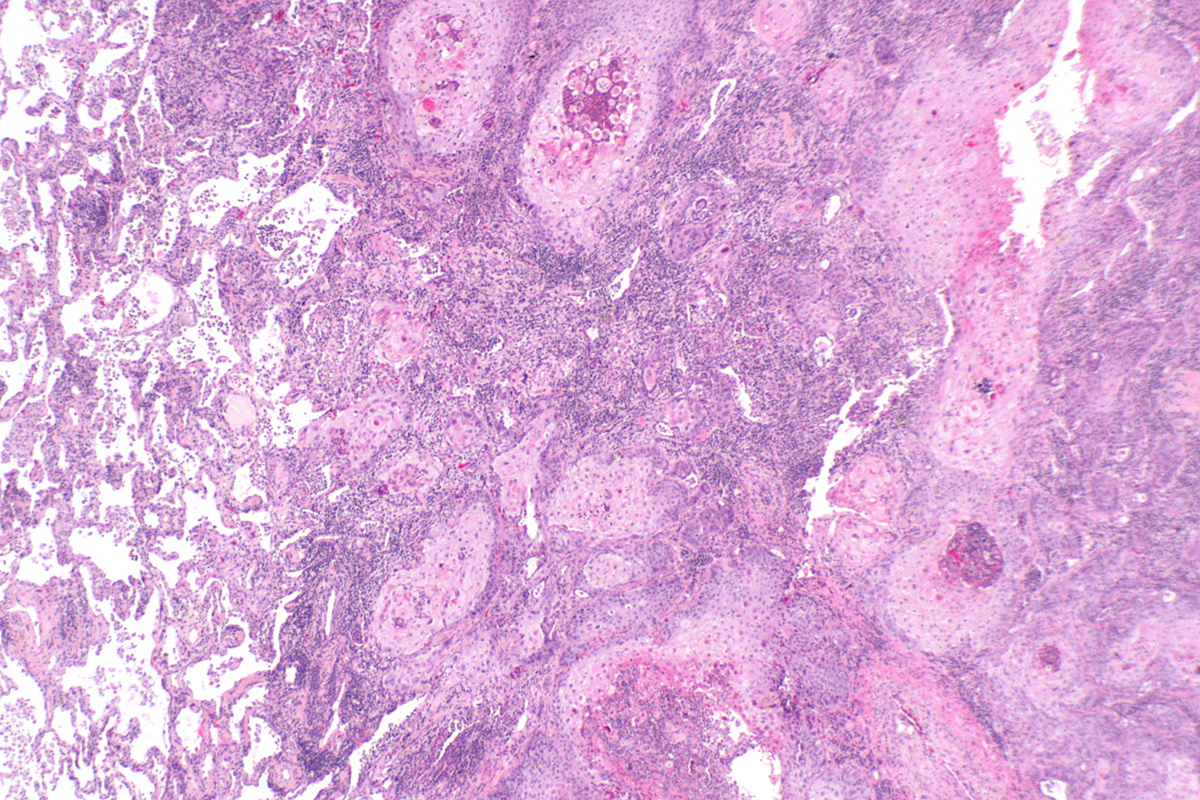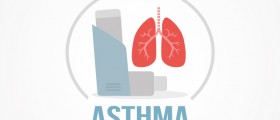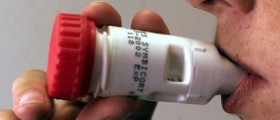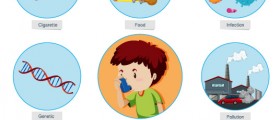
Information on Reactive Airway Disease
This is a medical condition which commonly affects adult person and it gets confused with asthma quite often. It is inappropriately used as a synonym for asthma in numerous cases.
This medical condition may have symptoms that are similar to the symptoms of asthma, but those are two completely different medical conditions. They are similar only because both of them are not contagious, they both get triggered by aerial pollutants and they both affect the respiratory tract. They can affect the infants in rare cases, as well.
Both asthma and the reactive airway disease can be characterized by coughing, wheezing and shortness of breath. Unlike asthma, reactive airways disease is usually a reaction to certain other types of medical conditions such as different infections of the upper respiratory tract.
The reactive airway disease is a medical condition characterized by enhanced responsiveness in the airway caused by numerous different types of environmental pollutants, allergens and respiratory irritants.
When such medical condition occurs the human body tends to release numerous different types of mediators such as cytokines, lymphocytes, eosinophils, histamines, heparin and certain others so that they can fight and kill off the aforementioned allergens and other types of harmful irritants. Among those mediators there are also pulmonary edema, bronchospasm and excessive amounts of mucous.
Symptoms, Causes and Treatment
The most common symptoms of all cases of reactive airways disease are coughing, shortness of breath and wheezing. Some other symptoms may include dry cough, flaring up of the nostrils and chest retractions.
This medical condition also involves excessive irritation of the lungs and production of mucus. Chronic forms of the condition may lead to inflammatory conditions and swelling which affect the respiratory tract.
When it affects infants it may develop into asthma if not treated on time. Almost all cases of reactive airway disease are triggered by numerous different types of infections and allergic reactions.
Other than that, the cause may or may not include dust, excretion, mildew, stress, changes in weather, strong odors or perfumes, cigarette smoke, pollen, and burning wood smoke.
Because of its extreme similarity to asthma, the reactive airway disease is very difficult to diagnose. The treatment may involve the use of certain types of anti-inflammatory medications which may be helpful in relieving the symptoms.
Unlike asthma, the reactive airway disease can sometimes appear for no particular reason. The symptoms must be treated as soon as possible.

















Your thoughts on this
Loading...